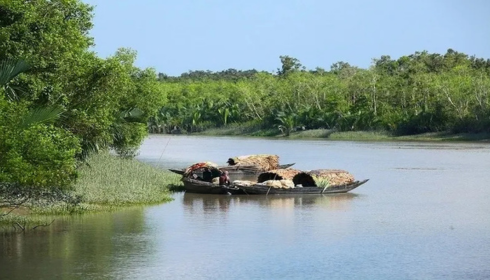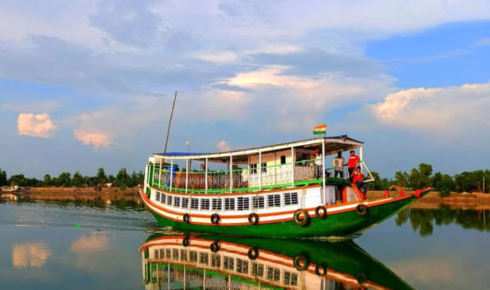A Sundarban trip is unlike any other travel experience in India. Located in the delta region of the Ganges, Brahmaputra, and Meghna rivers, the Sundarbans is the world’s largest mangrove forest and home to the majestic Royal Bengal Tiger. Recognized as a UNESCO World Heritage Site, this lush ecosystem offers a unique blend of raw nature, thrilling wildlife, and rich cultural heritage.
Whether you’re a nature lover, adventure enthusiast, bird watcher, or someone looking for a peaceful escape from city life, the Sundarbans promises an unforgettable journey through creeks, dense forests, and traditional village life.
Why Take a Sundarban Trip?
What makes a sundarban trip so special is the opportunity to witness nature in its most untamed form. The region is a maze of tidal waterways, mudflats, and small islands, constantly changing with the rhythms of the tide. It’s the only place in the world where tigers are known to swim in saltwater, adding a mysterious allure to the entire region.
Here are a few reasons to plan your trip to the Sundarbans:
- Unmatched Biodiversity: Besides the iconic Royal Bengal Tiger, the forest is home to saltwater crocodiles, spotted deer, wild boars, snakes, and over 270 species of birds.
- Scenic River Cruises: The calm boat rides through winding creeks and wide rivers let you observe wildlife up close while enjoying the tranquil beauty of the mangroves.
- Cultural Insights: The locals have a deep connection with the forest, and their folk songs, rituals, and stories add depth to your journey.
- Peace and Solitude: Away from the city noise, the Sundarbans offer complete silence, broken only by the sounds of birds and rustling leaves.
Key Attractions on a Sundarban Trip
- Sajnekhali Watch Tower – A popular spot for bird watchers, it also features a nature interpretation center and crocodile pond.
- Sudhanyakhali Watch Tower – Known for frequent tiger sightings, this spot also offers views of spotted deer, wild boars, and monitor lizards.
- Dobanki Canopy Walk – An elevated walkway offering panoramic views of the forest and wildlife from above.
- Bonbibi Temple – A sacred site dedicated to the goddess who protects locals from the dangers of the forest.
- Village Walks – Explore nearby villages and learn about sustainable living and traditional crafts of the Sundarbans’ resilient communities.
Ideal Time to Visit
The best time for a Sundarban trip is from October to March. During this period, the weather is cool and comfortable for travel and outdoor activities. The dry season also makes it easier to spot animals that come out in search of water, and it’s a peak time for migratory birds.
How to Reach
To reach the Sundarbans, most travelers start from Kolkata, which is well connected by air, rail, and road. From Kolkata, you can drive or take a bus to Godkhali, the main entry point. From there, boats take you into the forest region. Most travel agencies or tour operators offer pickup and drop services as part of their packages.
Travel Tips for a Smooth Trip
- Pack Light: Bring breathable clothing, insect repellent, sunscreen, hats, and sunglasses.
- Carry Essentials: Binoculars and a camera can help you capture the beauty and wildlife up close.
- Respect Nature: Follow all safety rules, avoid littering, and maintain silence to avoid disturbing animals.
- Choose a Trusted Guide: Going with an experienced Sundarban tour operator ensures safety, proper forest permits, and a more insightful experience.
Conclusion
A Sundarban trip offers a perfect blend of adventure, education, and relaxation. From sailing through serene waterways to spotting wild creatures in their natural habitat, the experience is both humbling and exhilarating. Whether you’re on a short weekend getaway or a longer wildlife tour, the Sundarbans will leave you with memories of breathtaking landscapes, fascinating wildlife, and the unmatched serenity of nature at its finest.













